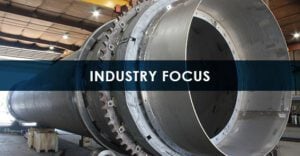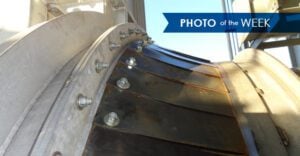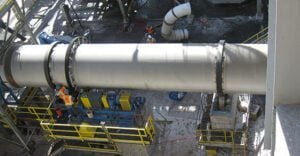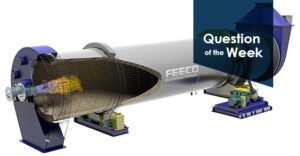Rotary Kiln Incinerators on the Rise in Waste Management
Incineration has become an essential tool in managing industrial and municipal wastes more sustainably, as long-landfilled materials such as hazardous medical wastes, petrochemicals, ammunitions, and more, have proven detrimental to the environment. While many types of incineration equipment exist, the rotary kiln, a diverse and …



